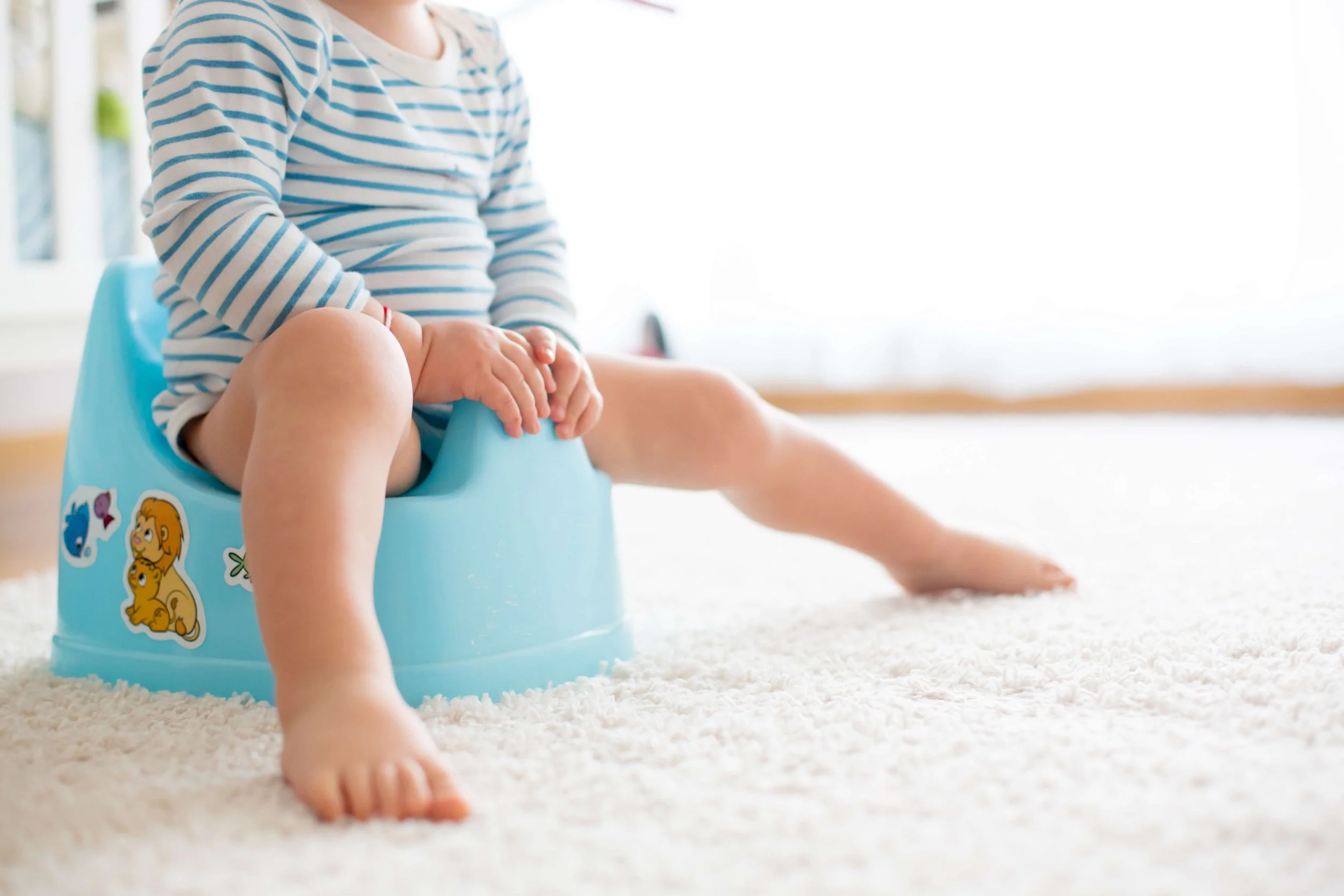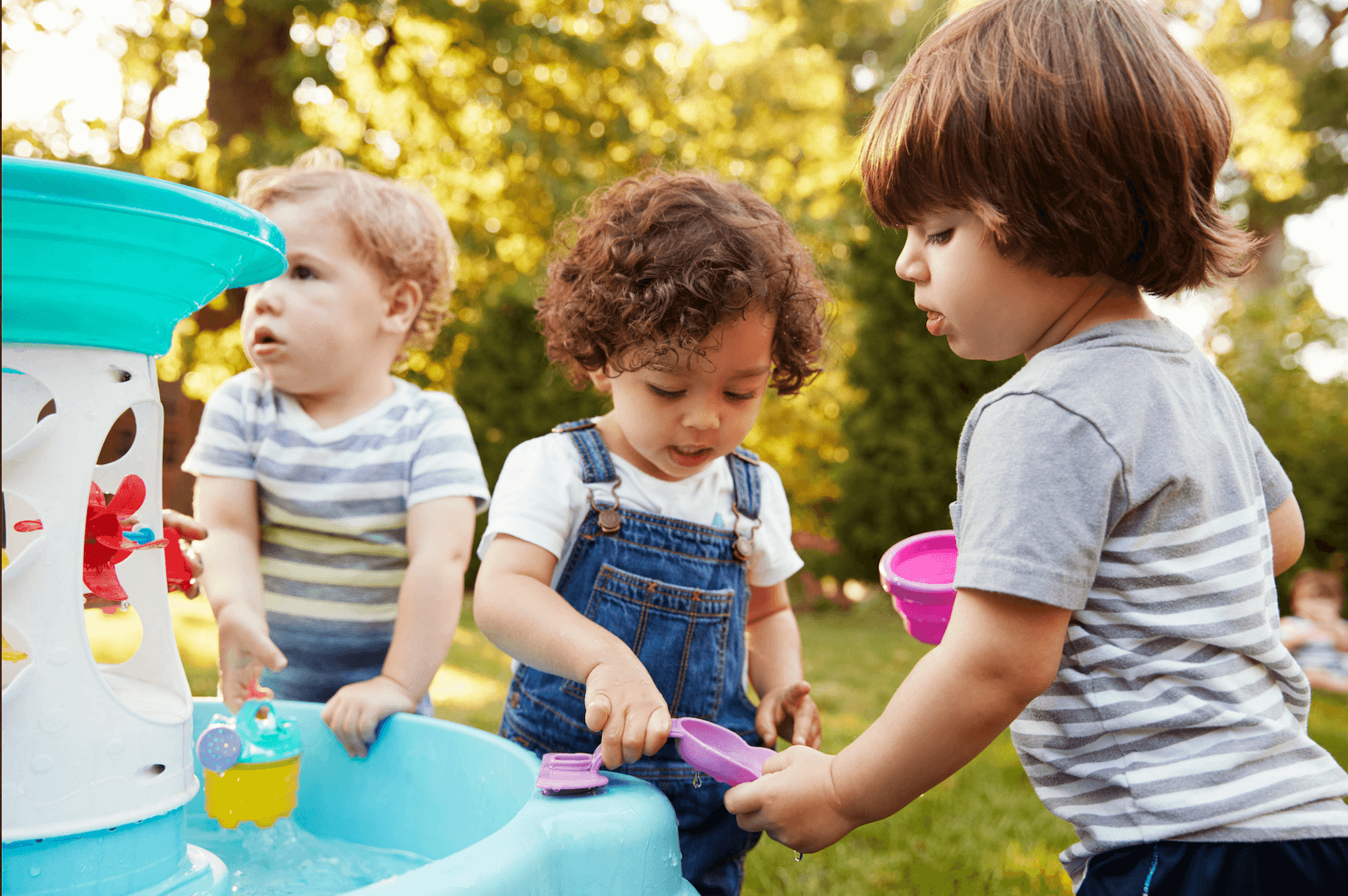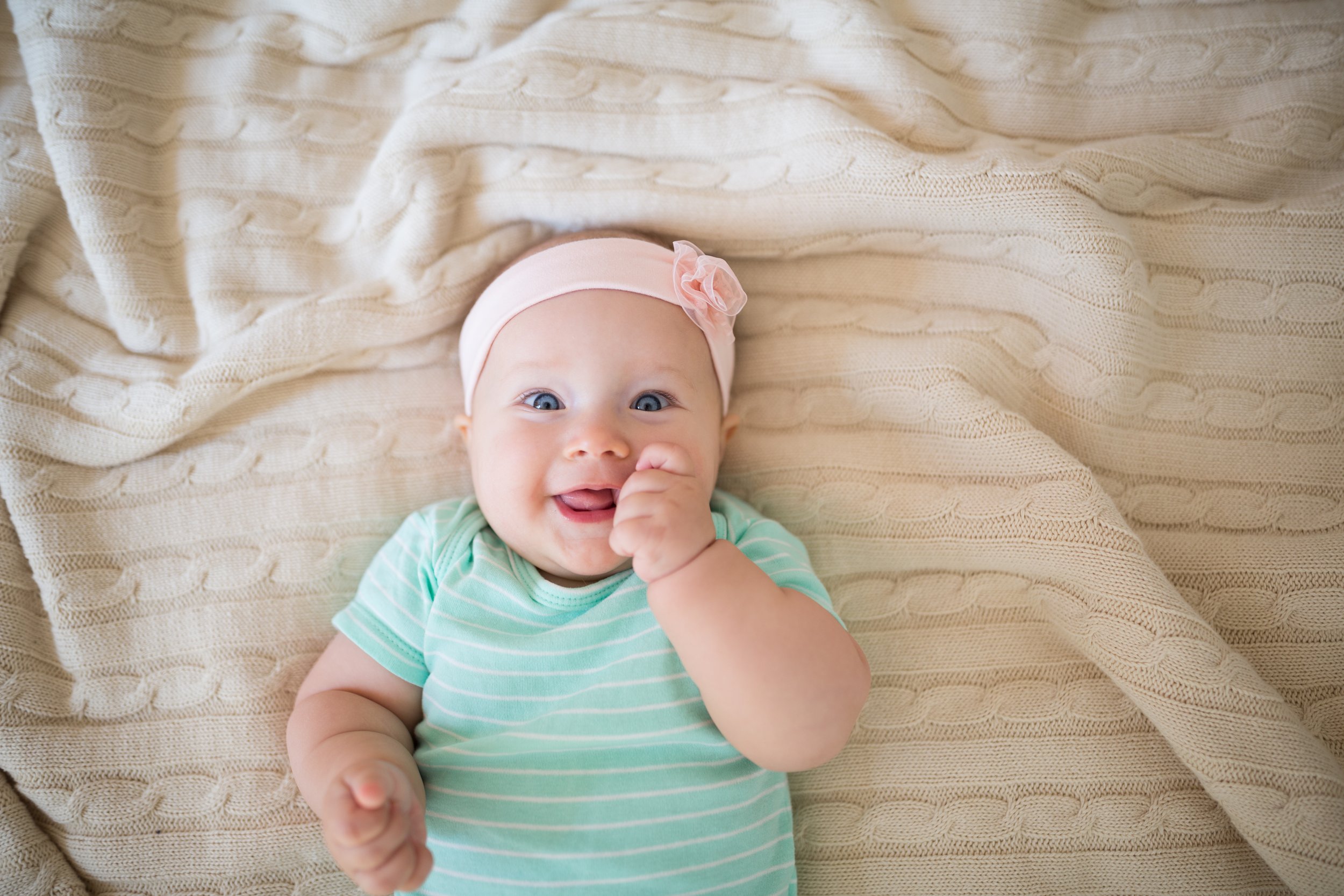Potty Training + Language Development
As a parent, you’ll eventually find yourself navigating the exciting yet sometimes challenging milestone of potty training. Each child is unique, and understanding how to support them based on their language development stage can make a world of difference. By leveraging language, you can create a positive and effective potty training experience for your child. This post will explore how speech and language development intertwine with potty training, offering practical tips for parents at every stage of their child's language journey.
Potty training looks different for every child, so I’m breaking down my tips based on language development stages.
First, I'll discuss how to support children who haven’t said their first word yet.
Then, I’ll share potty training tips for children who use about 5-100 words on their own.
Lastly, we’ll cover language tips for potty training children who are speaking in phrases or sentences.
Before we get started, I encourage you to find the right approach for your child. Some children may enjoy learning new words and talking about the potty from the beginning. Others might benefit from less emphasis on language initially to create a stress-free environment, adding the language component once they start getting the hang of it. These are just some ideas to use if they work for you. 😊
Tips when potty training a child who is working towards their first words
Children learn routines long before they start to talk. So, it is possible to potty train if your toddler hasn’t started talking yet (as long as they are ready for potty training, which is a determination outside my area of expertise).
These tips can be especially helpful if your child understands a lot but hasn’t started talking yet; it can be empowering to help them communicate their needs with you using communication techniques other than talking.
Here are some tips for potty training toddlers (and older children) who are working to say their first words:
Use Gestures and Sign Language: Introduce simple baby signs like "potty." If your child is already using gestures to communicate, this can be a great way for them to express the need to go to the potty or to indicate they have gone while you weren’t looking.
Communication begins with understanding. Use the baby sign for “potty” when you talk about it, when your child goes potty, or when you use the restroom. This teaches them what the sign “potty” means. Over time, they may begin to imitate the sign and use it on their own to express their needs.
Routine and Consistency: Again, I am not a potty training expert, so this tip may or may not work with your potty training approach. But, it can be helpful (for some families) to stick to a regular potty schedule.
Consistency helps children anticipate and understand what is expected of them. Think of potty training as creating a routine. Eventually, when your child feels the urge to pee, that sensation will cue them to go to the bathroom. For now, you can use other cues, such as setting a special alarm every hour or using a specific signal, to remind your child that it's time to try using the potty.
Potty training tips for children who say 5-100 (ish) words
If your child says 5-100(ish) words, you can use words your child already says or teach them a new word to support your potty training efforts.
And, if you haven’t read about gestures and routines in the section above, I highly recommend it, as these tips can be extremely beneficial for your child too!
Simple Words and Phrases - Teach your child a word for the act of going “potty.” This may differ for each family, but choose one word and use it consistently. You can also introduce simple phrases that you repeat each time you go to the potty, such as “Flush the potty” or “Gotta go!”
The focused stimulation technique, which is great for teaching toddlers new words, can be particularly useful here. Focus on a few simple words or phrases related to potty training. Check out this step-by-step guide to choosing and teaching new words (the activity you choose in the worksheet will be going to the bathroom, of course!).
Modeling - Demonstrate using the potty yourself or have a sibling or toy do so while narrating the steps as you go. It’ll be important to use a word or a phrase to indicate that you are going to use the restroom. We want to teach our kids that they can say this, too, when they need to use the restroom.
Use the focused stimulation technique to help teach your child new words related to the potty. This technique can be powerful because toddlers learn through imitation. They may imitate your actions or your words, but either way, you are working towards your goal of potty training!
Tips for children who speak in phrases or sentences
All of the tips previously mentioned in this blog post can work for children who are speaking in phrases or sentences, but there are some additional tips you can use to leverage your child’s communication skills to support your potty training efforts. Here they are:
Story-telling and role playing: Storytelling and role-playing are effective ways to reinforce potty training concepts for children who speak in phrases or sentences. You can create a story where your child's favorite character learns to use the potty, or engage in role-play by pretending to use the potty yourself, turning it into a fun game.
Additionally, reading books about potty training can be very helpful. Books like "Potty" by Leslie Patricelli, "Everyone Poops" by Taro Gomi, and "Potty Time!" by Caroline Jayne Church are excellent choices that can make the process more relatable and less intimidating for your child. Through these stories, children can learn what to expect and feel more comfortable with the idea of using the potty.
Teach them specific phrases they can use to alert you when they need to go, such as "I need to use the potty" or "Potty time!" Discussing what they can do when a training potty is available helps them feel more confident and in control of their potty training journey.
Talk about your body: Discussing body sensations is a crucial part of helping your child recognize when they need to use the restroom. Explain what it feels like when you need to pee or poop, using simple and clear language. This helps them understand the signs their body gives them and prepares them to act when they feel these sensations.
This is also a great opportunity to teach your child the names of their private parts and discuss body boundaries. Providing children with accurate language for their body parts is empowering and essential for their overall development. Books like "It's Not the Stork!" by Robie H. Harris and "Amazing You!" by Gail Saltz can be excellent resources to facilitate these conversations.
By equipping your child with the language and understanding of their body's signals, you are giving them the tools they need to communicate their needs effectively and confidently.
Potty Training - Words to Teach
Here are just a few ideas for words you might teach when potty training. I’ll link the focused stimulation activity again, which will walk you through step by step how to teach new words to toddlers.
Potty
Toilet
Pee
Poop
Flush
Clean
Dirty
Wipe
Diaper
Underwear
Bathroom
Wet
Wash
Hands
Go
Done
Sit
Stand
Try
Potty training is a significant milestone in your child's development, and it’s important to approach it with patience and understanding. By tailoring your strategies to your child's language development stage and incorporating communication techniques that work best for them, you can make the process smoother and more effective. Remember, every child is unique, and what works for one may not work for another. Trust your instincts, celebrate the small victories, and keep a positive attitude. With consistency, encouragement, and the right approach, your child will be well on their way to successful potty training. Good luck, and happy potty training!
Written By: Stephanie Hatleli, MS CCC-SLP
More from the blog…
This blog post contains Amazon Affiliate links to help support these free resources.
© 2020-2025. Stephanie Keffer Hatleli, MS CCC-SLP. All Rights Reserved
The content offered on ToddlerTalk.com is for informational purposes only. Toddler Talk is not engaged in rendering professional advice, whether medical or otherwise, to individual users or their children or families. No content on this site, regardless of date, should ever be used as a substitute for direct medical advice from your doctor, speech language pathologist, or other health professional. By accessing the content on ToddlerTalk.com, you acknowledge and agree that you are accepting the responsibility for your child’s health and well-being. In return for providing you with information related to home speech and language practice, you waive any claims that you or your child may have as a result of utilizing the content on ToddlerTalk.com.







Explore language tips for potty training tailored to your child's communication stage. From toddlers who are just beginning to talk to children speaking in sentences, learn how to use gestures, sign language, storytelling, and consistency to support your potty training journey.